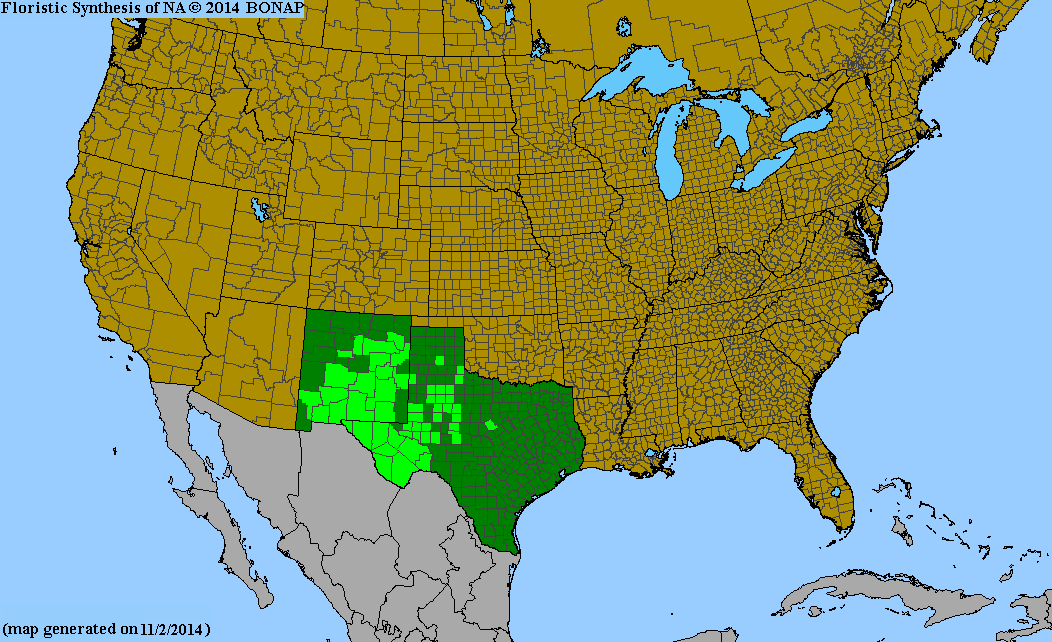Click on the images below to see larger versions.
Note: Experts seem to agree that Phacelia species are difficult to differentiate; foliage is usually not determinant, blossoms and seed being more reliable; these IDs should be considered in that light.
| Scientific Name | Phacelia coerulea (Phacelia caerulea) | USDA PLANTS Symbol | PHCO |
| Common Name | Skyblue Scorpionweed, Skyblue Phacelia | ITIS Taxonomic Serial No. | 31471 |
| Family | Hydrophyllaceae (Waterleaf) | SEINet Reference |
Click Here |
| Description | Habitat: Gravelly and arid calcareous hills and banks, sandy-gravelly stream beds, and rocky ledges. Plant: Delicate annual up to 24 inches tall; many reddish stems, simple or branched and covered with gland-tipped and non-glandular hairs. Leaves: Variable; stem leaves alternate and a basal cluster may occur; basal and stem leaves on slender petioles 3/8 to 2 inches long; lower blades oblong to ovate in outline, 3/4 to 3+ inches long and 3/8 to 1 inch wide, the edges deeply sinuate to pinnatifid with broadly rounded lobes; upper deeply sinuate; leaf surfaces covered with gland-tipped and non-glandular hairs. Inflorescence: Many small bell-shaped blossoms grouped together in terminal coiled (scorpioid) clusters 5/8 to 2-3/4 inches long; each blossom about 1/8-inch long with 5 overlapping violet-blue or white petals; bluish to dark violet stamens within or barely extending past the corolla; bluish style about the same length and stamens; 5 oblanceolate to spatulate sepals with gland-tipped and non-glandular hairs. Bloom Period: March to May. References: "Manual of the Vascular Plants of Texas" by Correll and Johnston, A Revision of the Phacelia Crenulatae group for North America by N. Duane Atwood and SEINet. |
BONAP Distribution Map |
Texas Status: Native |
| Scientific Name | Phacelia congesta | USDA PLANTS Symbol | PHCO2 |
| Common Name | Blue Curls, Blue-curls | ITIS Taxonomic Serial No. | 31473 |
| Family | Hydrophyllaceae (Waterleaf) | SEINet Reference |
Click Here |
| Description | Habitat: Sandy, gravelly or rocky soils; found often in shady areas; widespread throughout Texas. Plant: Leafy Erect or ascending annual or biennial, stems 8 to 20 inches tall with densely hairy/sticky foliage; often growing in colonies. Leaves: Variable; mostly coarsely once or twice pinnately-divided or pinnatifid, 2-3/8 to 5-1/2 inches long and 1 to 1-5/8 inches wide overall, with 3 to 7 broad lobes or divisions, each lobe coarsely toothed and soft. Inflorescence: Many small bell-shaped blossoms grouped together in coiled (scorpioid) clusters, each less than 1/2-inch across with 5 overlapping blue to puplish petals; protruding stamens with yellow anthers. Bloom Period: March to June. References: "Manual of the Vascular Plants of Texas" by Correll and Johnston, "Wildflowers of the Texas Hill Country" by Marshall Enquist and SEINet |
BONAP Distribution Map |
Texas Status: Native |
| Scientific Name | Phacelia popei | USDA PLANTS Symbol | PHCO |
| Common Name | Skyblue Scorpionweed, Skyblue Phacelia | ITIS Taxonomic Serial No. | 31471 |
| Family | Hydrophyllaceae (Waterleaf) | SEINet Reference |
Click Here |
| Description | Habitat: Sandy-clay or rocky soils, often in limestone and gypsum environments; open areas, grasslands, brush, roadsides. Plant: Erect annual up to 14 inches tall branching from base, hairy, somewhat glandular Leaves: Alternate, petiolate, narrowly oblong overall, 1 to 6 inches long, and 3/8 to 1-1/4 inches wide; pinnate to bipinnate, glandular-hairy. Inflorescence: Many small bell-shaped blossoms crowded together in terminal coiled (scorpioid) clusters; each blossom about 1/4-inch long with 5 overlapping blue to purplish petals; stamens extending past the corolla, style somewhat longer than stamens; 5 oblanceolate to spatulate sepals shorter than petals with gland-tipped and non-glandular hairs. Bloom Period: March to May. References: "Wildflowers of Texas" by Michael Eason, A Revision of the Phacelia Crenulatae group for North America by N. Duane Atwood and SEINet. |
BONAP Distribution Map |
Texas Status: Native |








